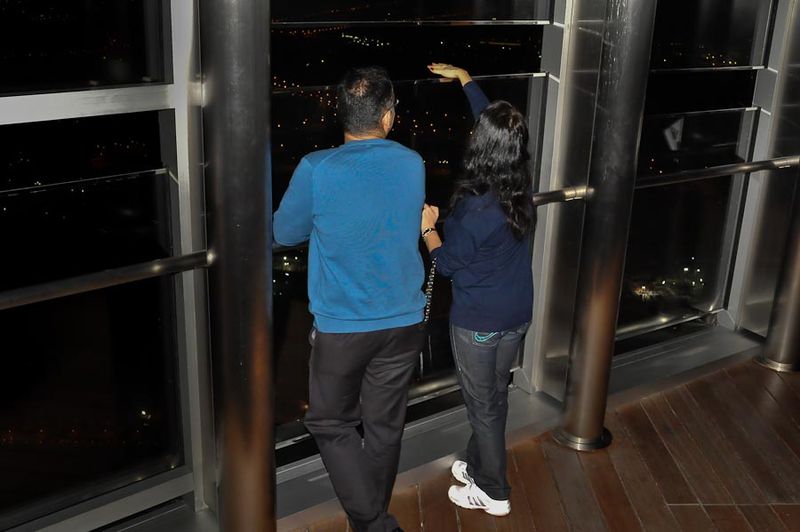|
|
Burj Khalifa, Burj Dubai, Skyscraper In Dubai, United Arab Emirates
|
Subsequent to the original design by Skidmore, Owings and Merrill, Emaar Properties chose Hyder Consulting to be the supervising engineer. Hyder was selected for its expertise in structural and MEP (mechanical, electrical and plumbing) engineering. Hyder Consulting's role was to supervise construction, certify SOM's design, and be the engineer and architect of record to the UAE authorities. Emaar Properties also engaged GHD, an international multidisciplinary consulting firm, to act as an independent verification and testing authority for concrete and steelwork.
The design of Burj Khalifa is derived from patterning systems embodied in Islamic architecture. According to the structural engineer, Bill Baker of SOM, the building's design incorporates cultural and historical elements particular to the region. The Y-shaped plan is ideal for residential and hotel usage, with the wings allowing maximum outward views and inward natural light. The design architect, Adrian Smith, has said the triple lobed footprint of the building was inspired by the flower Hymenocallis. The tower is composed of three elements arranged around a central core. As the tower rises from the flat desert base, setbacks occur at each element in an upward spiralling pattern, decreasing the cross section of the tower as it reaches toward the sky. There are 27 terraces in Burj Khalifa. At the top, the central core emerges and is sculpted to form a finishing spire. A Y-shaped floor plan maximizes views of the Persian Gulf. Viewed from above or from the base, the form also evokes the onion domes of Islamic architecture. During the design process, engineers rotated the building 120 degrees from its original layout to reduce stress from prevailing winds. At its tallest point, the tower sways a total of 1.5 m (4.9 ft).
To support the unprecedented height of the building, the engineers developed a new structural system called the buttressed core, which consists of a hexagonal core reinforced by three buttresses that form the ‘Y' shape. This structural system enables the building to support itself laterally and keeps it from twisting.
The spire of Burj Khalifa is composed of more than 4,000 tonnes (4,400 ST; 3,900 LT) of structural steel. The central pinnacle pipe weighing 350 tonnes (390 ST; 340 LT) was constructed from inside the building and jacked to its full height of over 200 m (660 ft) using a strand jack system. The spire also houses communications equipment.
|
|









